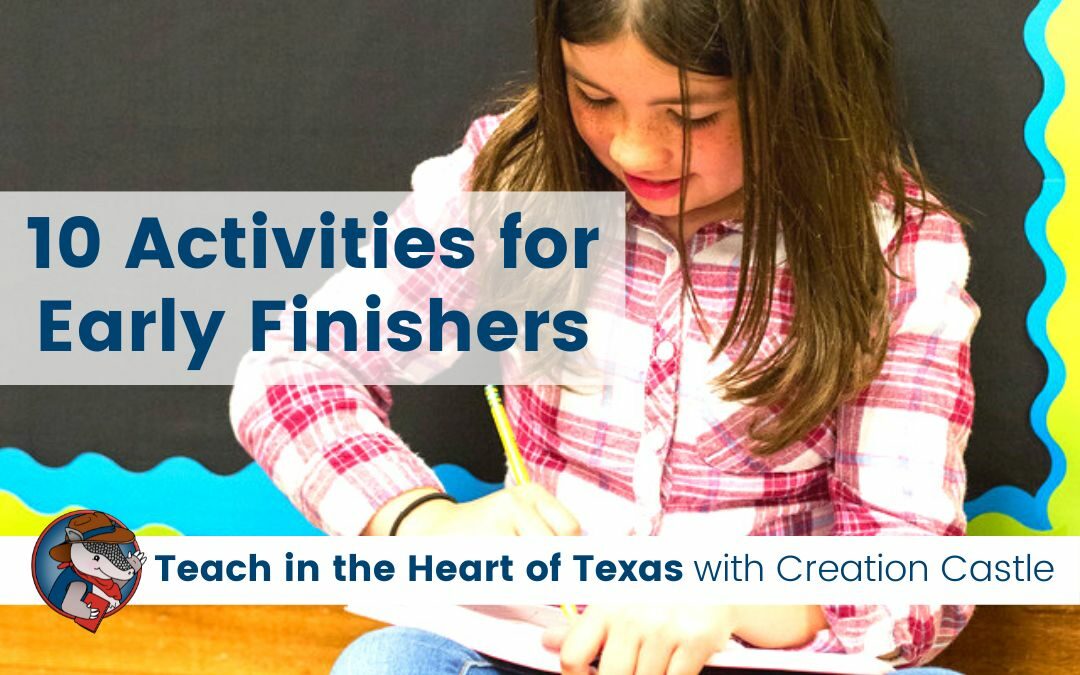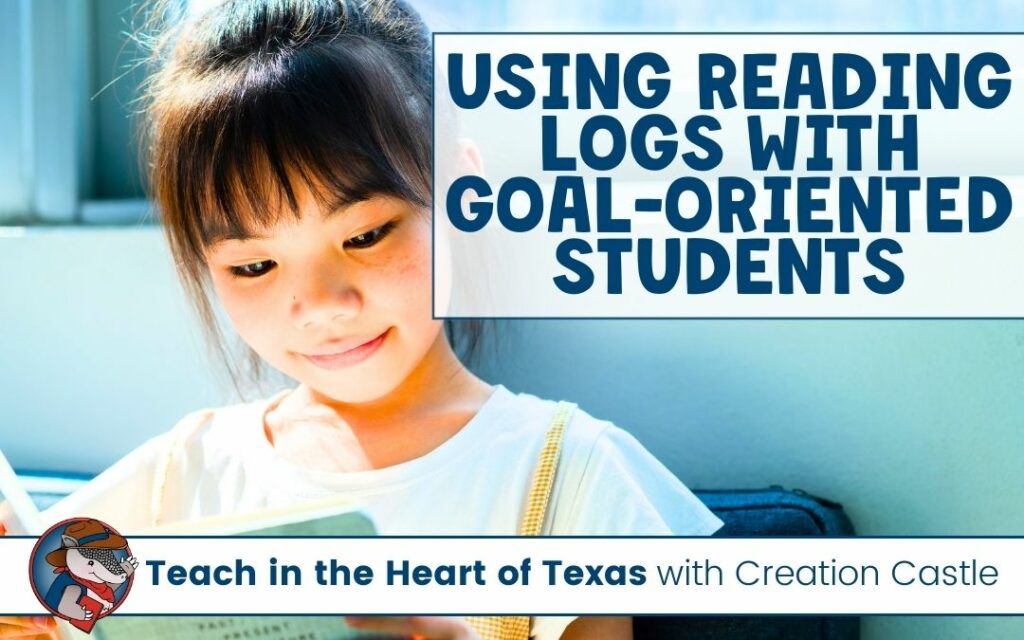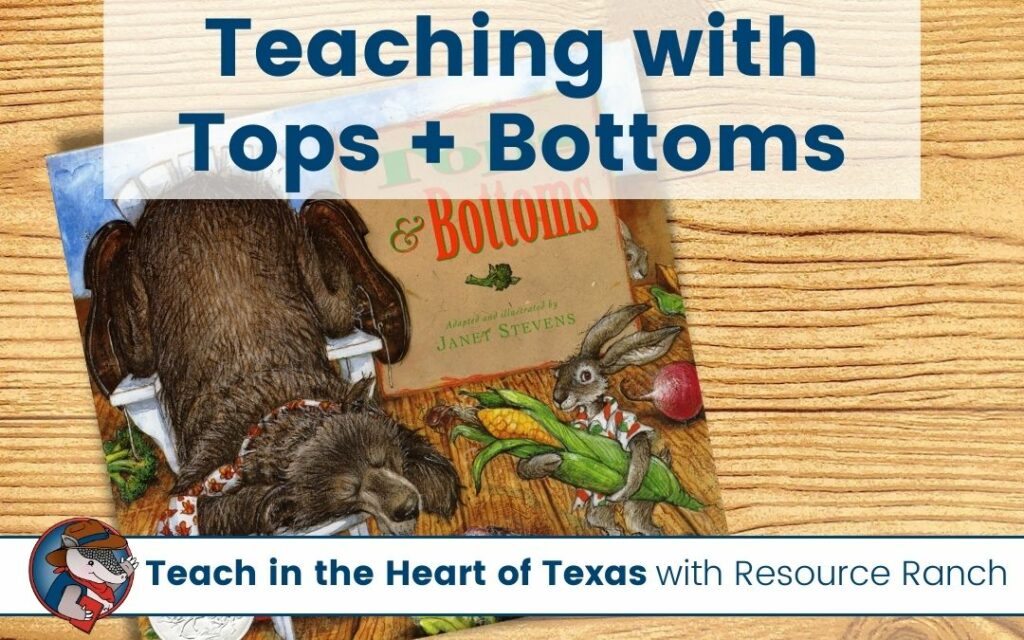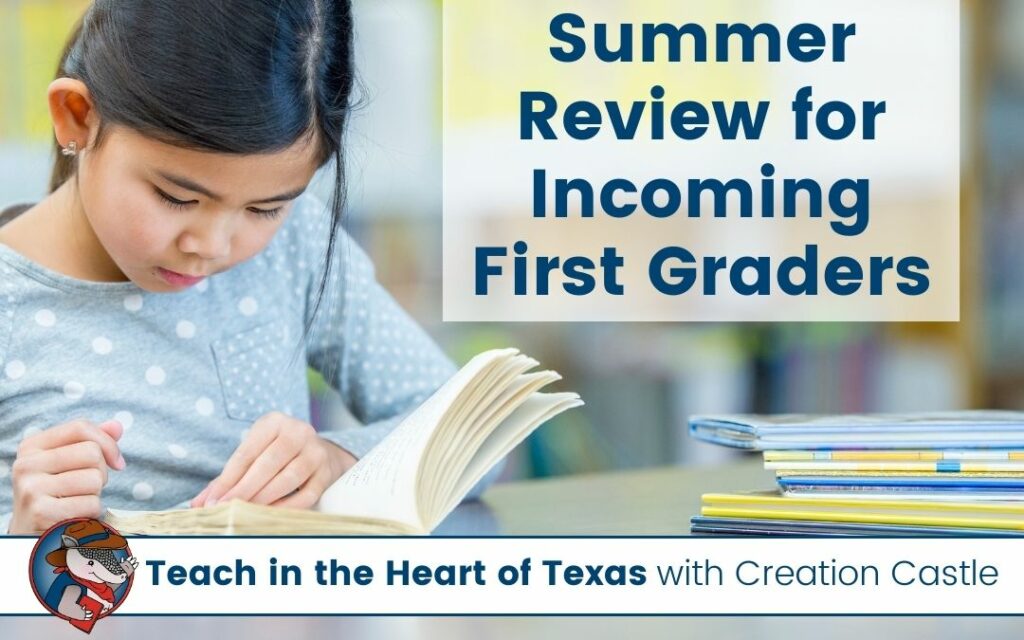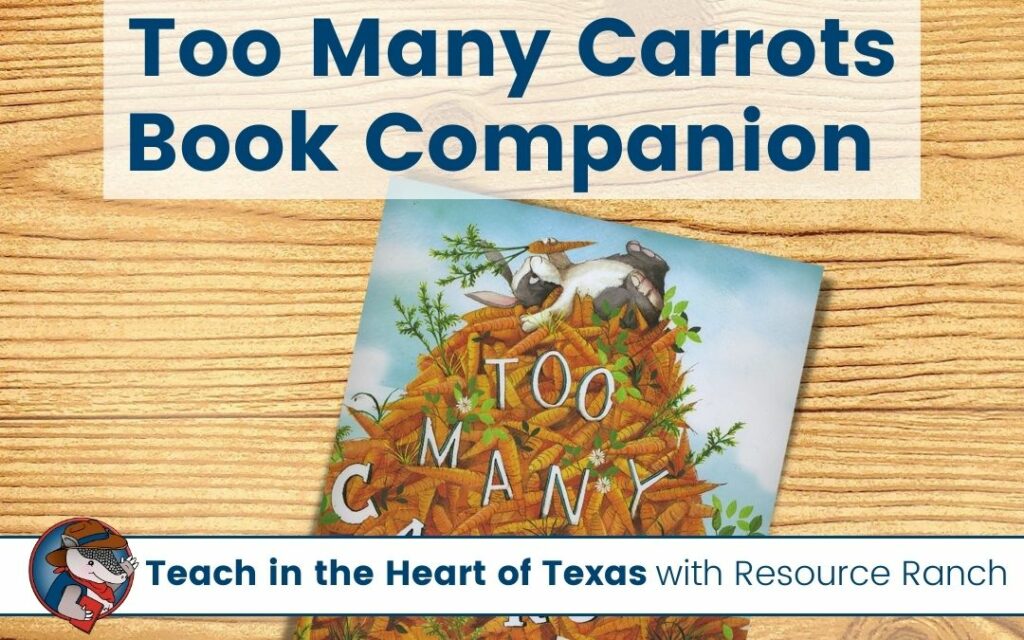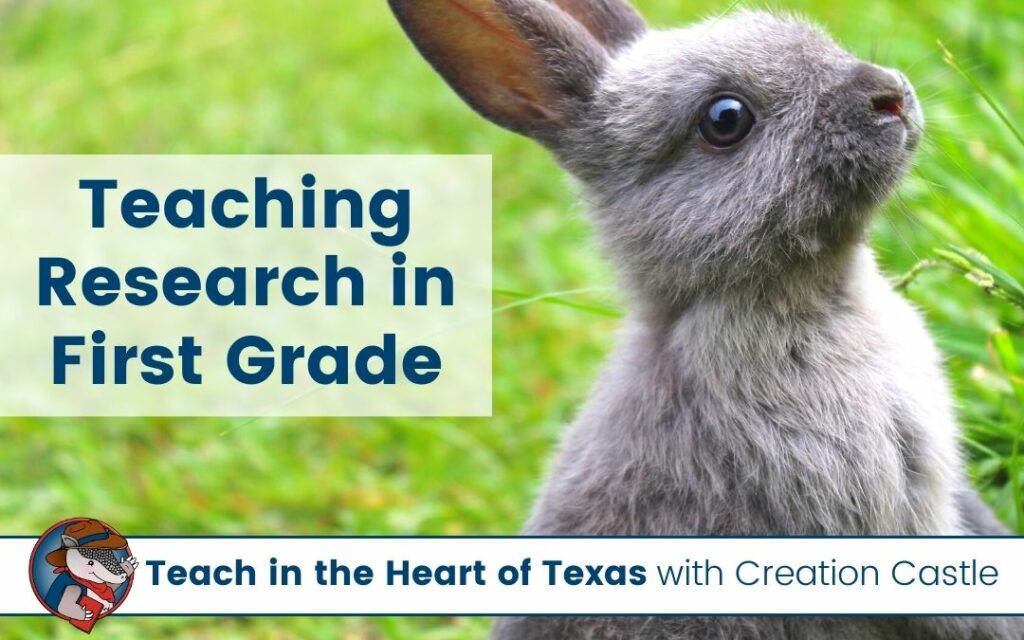If you spent even one day in a classroom, you know that your students have different abilities and that means they are going to work at different paces. Early finishers or fast finishers can be a real problem if you are trying to get things done, like assessments or working with small groups.
The best thing you can do is implement a system where students know: A) what to do with their finished work and B) what to do after they finish their work. Combat the “I’m done. Now what?” with prepared early finishers activities. Here are ten ideas you could easily implement today.
Quick Links
Unfinished Work
This should always be the top priority for your early finishers. Before they can do anything extra, their regular classwork should be done. Your fast finishers will likely complete most of their work ahead of their peers, but they may be absent or out of the classroom for a portion of the day at times when they could fall behind on their work.
Directed Drawing
Even as an adult, if someone asks me to draw something, usually I’ll freeze. Drawing has never been a big interest of mine simply because I’m not good at it! I do think if I had learned from a young age how to draw some things, I may have enjoyed it more and honed that skill. Directed drawing is a great early finishers activity because it helps kids learn to draw something and then they can extend that learning by writing about their picture.
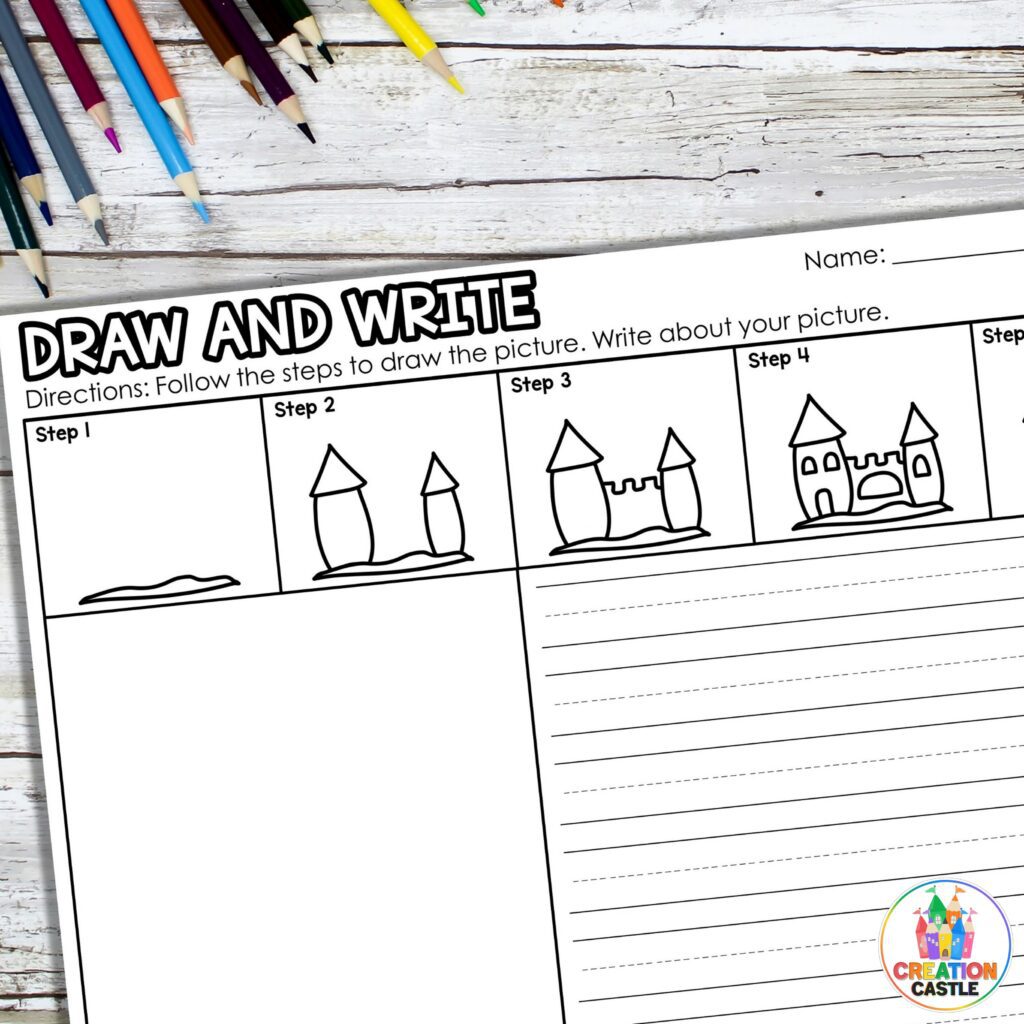
Reading
Reading is a great choice IF your students are actually reading. Sometimes kids just don’t like to read “for fun” in the classroom. They may not be as comfortable as they are at home, they may need absolute silence, or they just may not be that into reading that they want to do it all. day. long.
Nonetheless, this is a great choice because you can never read too much!
Hundreds Chart Mystery Pictures
These mystery pictures are such a fun way to work on number identification! Your students will have fun coloring the squares to reveal a picture. Again, you can always extend this learning by having them write a story about the character or object that is revealed.
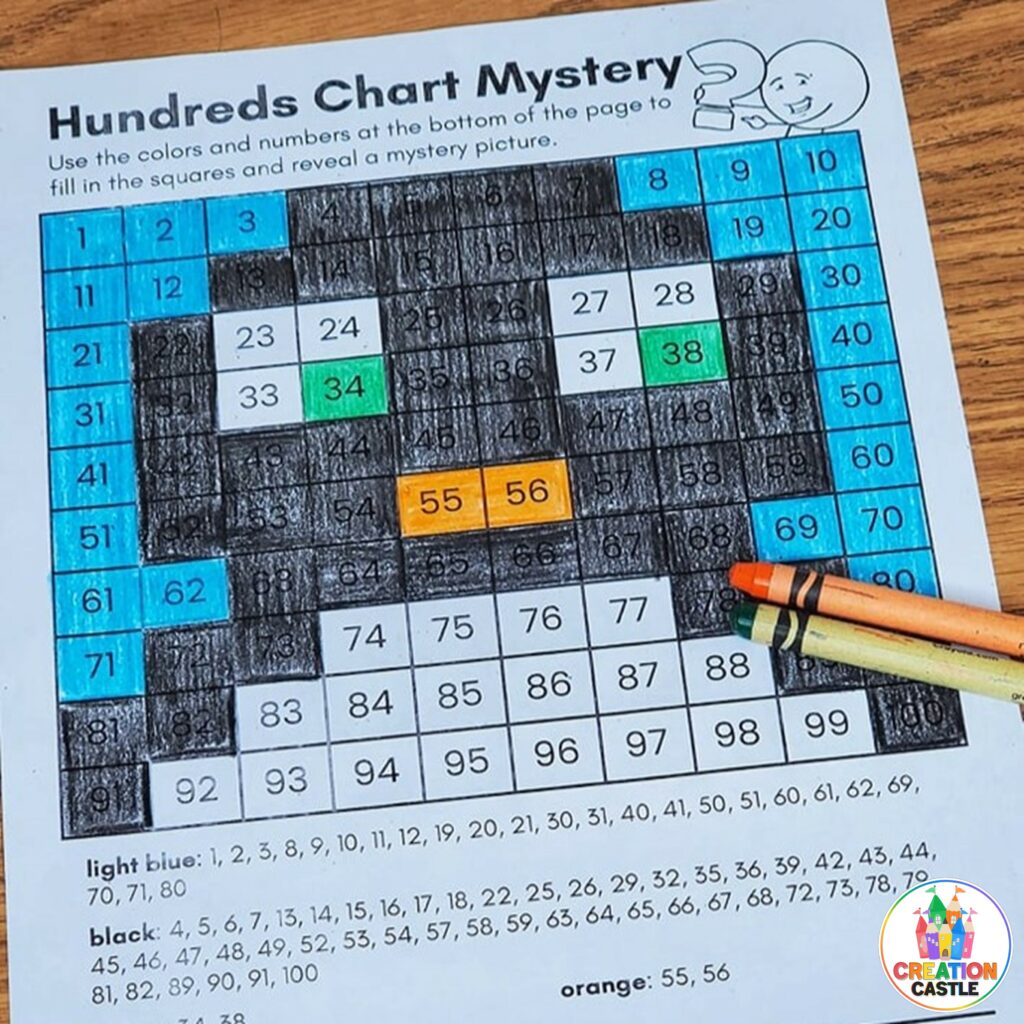
Journal Writing
This choice is similar to reading. If your students enjoy writing and being creative in this manner, it is a great quiet opportunity for students to hone their skills. But again, this is not everyone’s cup of tea. Some kids will have trouble with free writing. Even as an adult, the thought of journaling makes my mind go blank!
Find Hidden Words
This early finishers activity is just a fun way to introduce or review vocabulary (like sight words!) with your students. Throw some mini magnifying glasses with these worksheets and it will definitely be a hit!
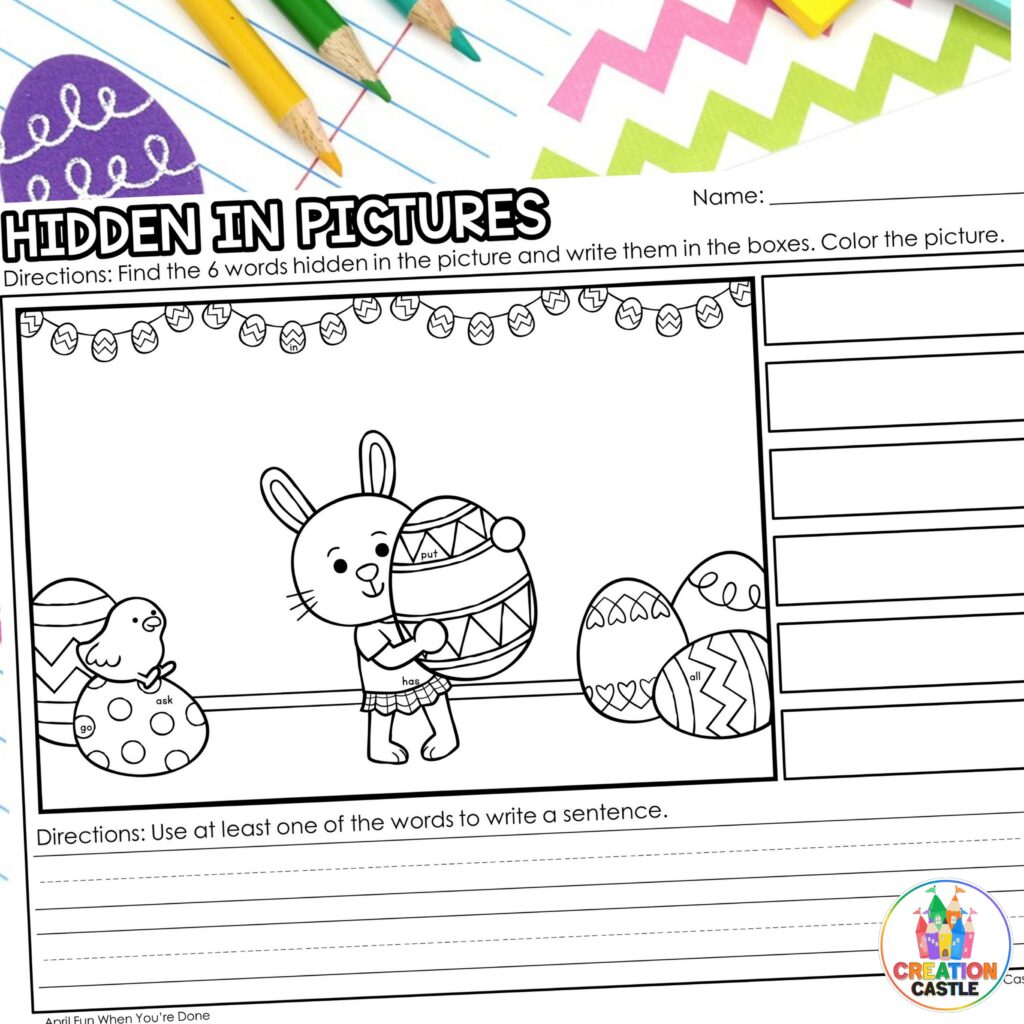
Classroom Jobs
Classroom jobs are a possible choice depending on what your system is and what types of jobs your students have. Certainly your “door holder” or “line leader” can’t partake in this as an activity. But if you have a student sort mail, sharpen pencils, tidy areas, etc. this may be an option.
Scrambled Sentences
A scrambled sentence center, when done correctly, helps students learn how to properly write a sentence, focuses on capitalization and punctuation, and gives students some handwriting practice. You can easily make this center by writing a sentence on a sentence strip and cutting it apart or you could use premade worksheets or digital centers.
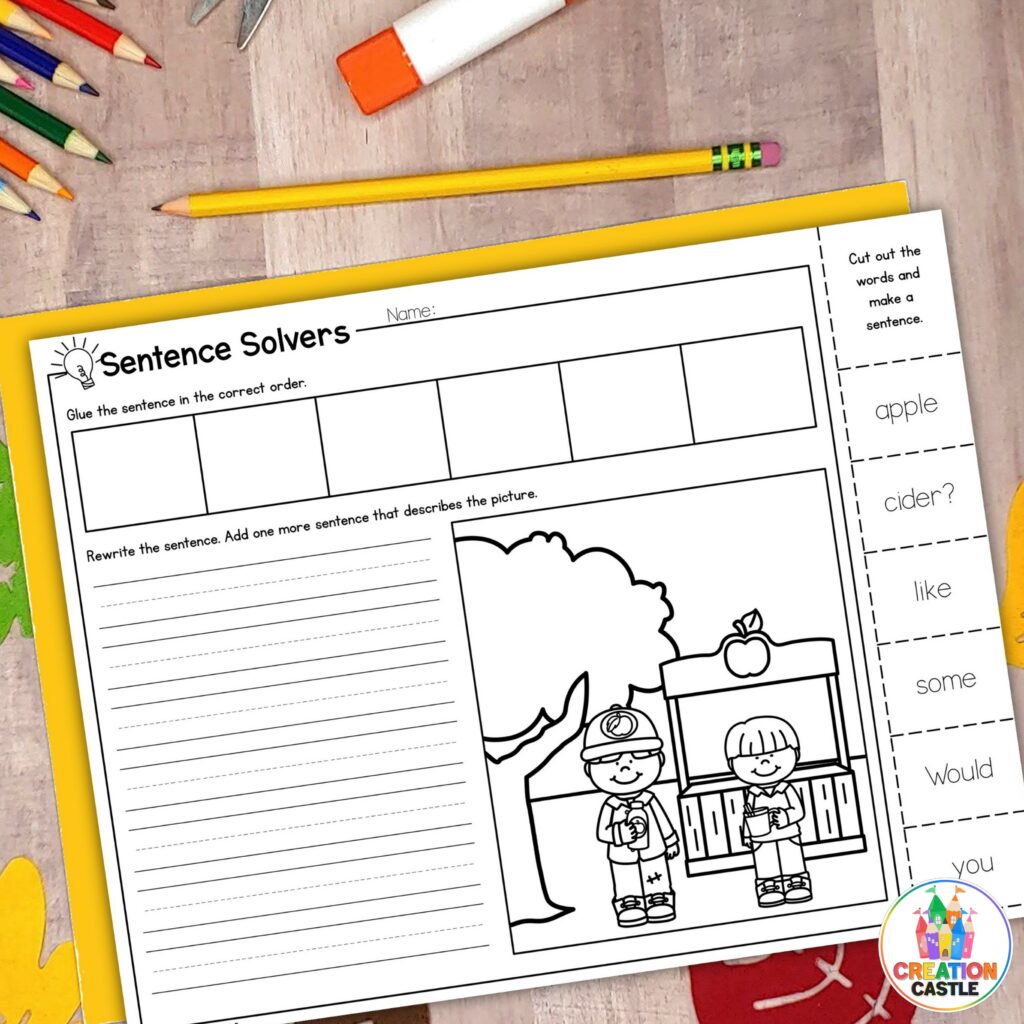
Write a Letter
Another fun idea for early finisher activities is to let students write a letter to a friend or teacher in the building. This is a great way to let students be social without being chatty!
Calendar Practice
If you have time, you may briefly talk about the calendar in the morning with your students, but since this is a tool they will be using their entire lives, it’s important that they are well-versed in using calendars. Creating or reading calendars is a great activity for your early finishers!
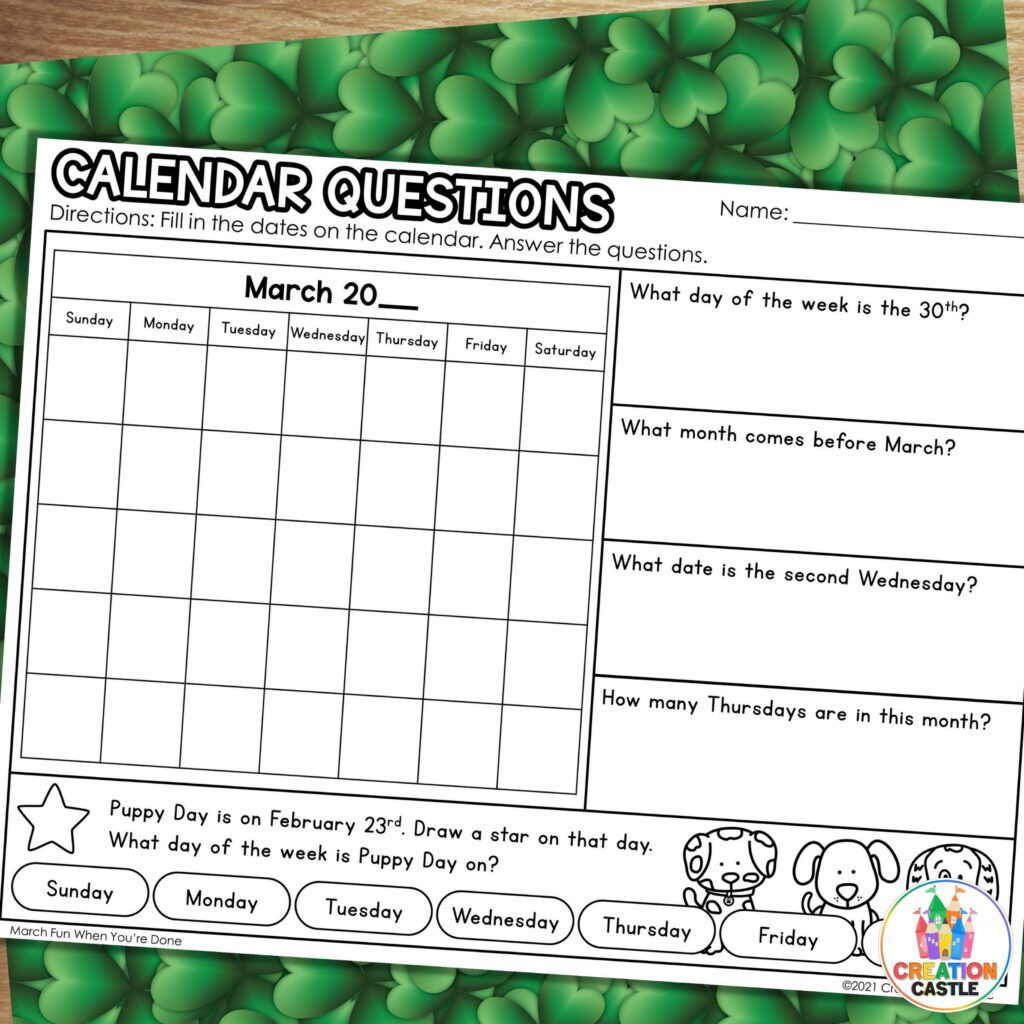
Do you need even more ideas for your early finishers? Don’t worry, I’ve got you covered! Find 10 more early finishers activities to keep your students engaged here.
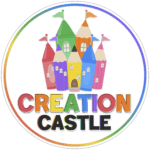
Creation Castle
Heather is the author of Creation Castle. She has experience with general education, special education, and ESL students in kindergarten through fifth grade. She specializes in early elementary math and literacy, as well as organization.

